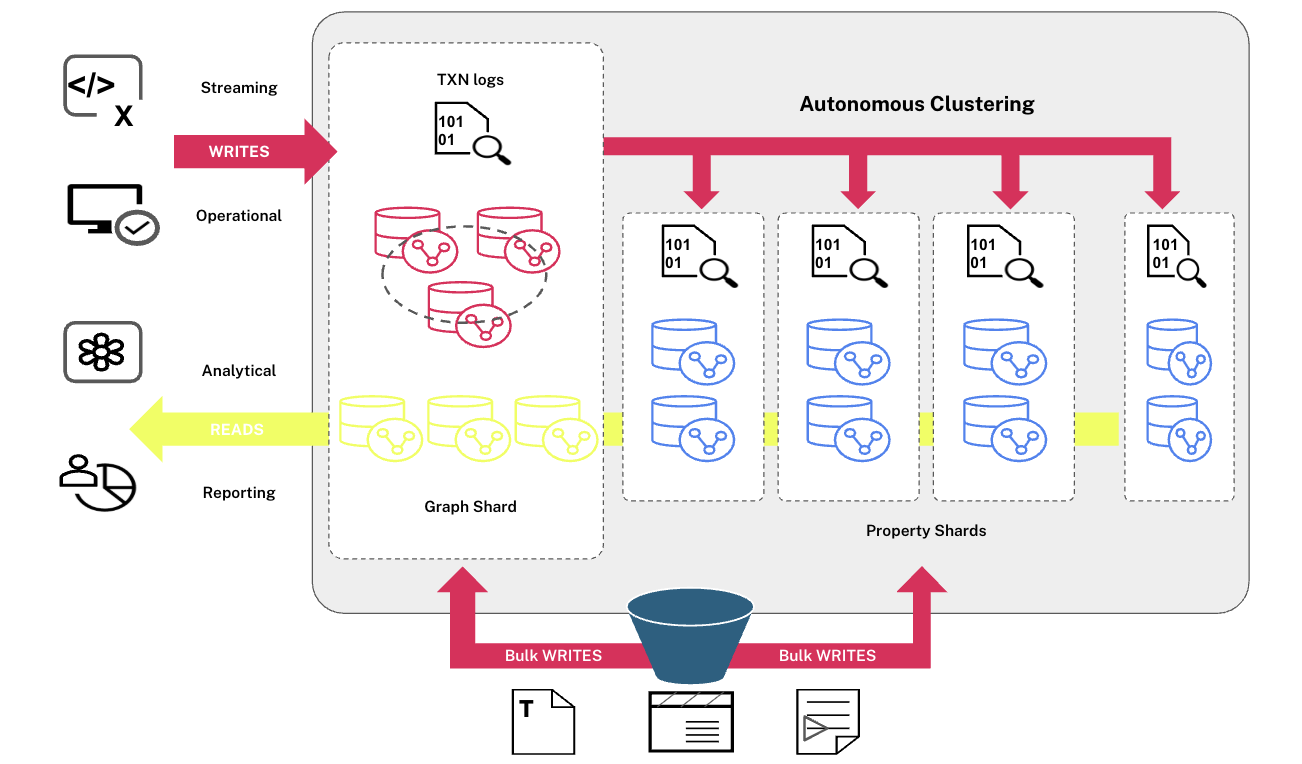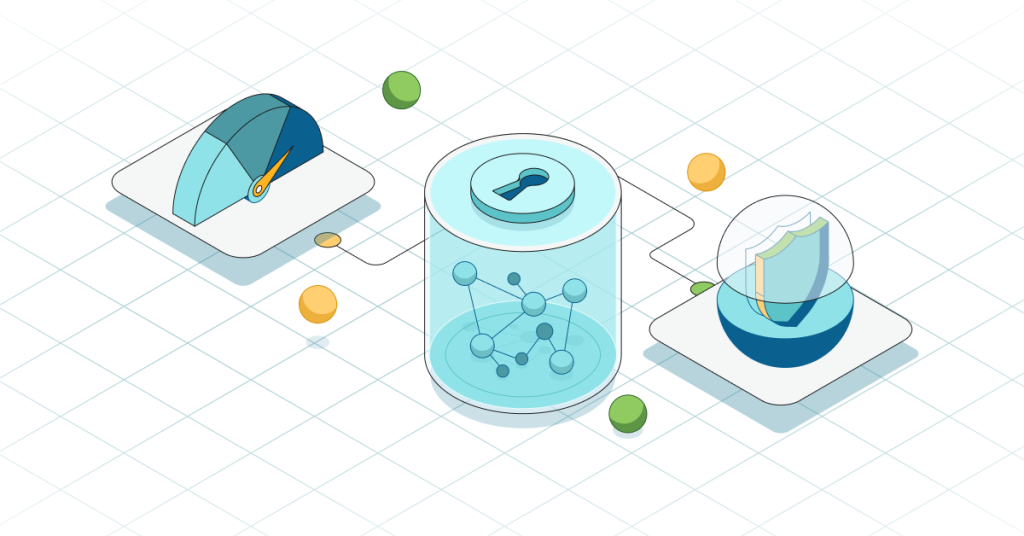DevOps on Graphs:
The 5-Minute Interview with Ashley Sun, Software Engineer at LendingClub

Editor-in-Chief, Neo4j
3 min read

“Basically, anything you can think of in your infrastructure, whether it’s GitHub, Jenkins, AWS, load balancers, Cisco UCS, vCenter – it’s all in our graph database,” said Ashley Sun, Software Engineer at LendingClub.
DevOps at LendingClub is no easy feat: Due to the complexities and dependencies of their internal technology infrastructure – including a host of microservices and other applications – it would be easy for everything to spiral out of control. However, graph technology helps them manage and automate every connection and dependency from top to bottom.
In this week’s five-minute interview (conducted at GraphConnect New York), Ashley Sun discusses how the team at LendingClub uses Neo4j to gain complete visibility into its infrastructure for deployment and release automation and cloud orchestration. The flexibility of the schema makes it easy for LendingClub to add and modify its view so that their graph database is the single up-to-date source for all queries about its release infrastructure.
Talk to us about how you use Neo4j at LendingClub.
Ashley Sun: We are using Neo4j for everything related to managing the complexities of our infrastructure. We are basically scanning all of our infrastructure and loading it all into Neo4j. We’ve written a lot of deployment and release automation, cloud orchestration, and it’s all built around Neo4j. Basically, anything you can think of in your infrastructure, whether it’s GitHub, Jenkins, Amazon Web Services (AWS), load balancers, Cisco Unified Computing System (UCS), vCenter – it’s all in our graph database.
We’re constantly scanning and refreshing this information so that at any given time, we can query our graph database and receive real-time, current information on the state of our infrastructure.
What made you choose Neo4j?
Sun: At the time, my manager was looking for a database that we could run ad hoc queries against, something that was flexible and scalable. He actually looked at a few different graph databases and decided Neo4j was the best.
What have been some of your most interesting or surprising results you’d seen while using Neo4j?
Sun: The coolest thing about Neo4j, for us, has been how flexible and easily scalable it is. If you’ve come from a background of working with the traditional SQL database where schemas have to be predefined — with Neo4j, it’s really easy to build on top of already existing nodes, already existing relationships and already existing properties. It’s really easy to modify things. Also, it’s really, really easy to query at any time using ad hoc queries.
We’ve been working with Neo4j for three years, and as our infrastructure has grown and as we’ve added new tools, our graph database has scaled and grown with us and just evolved with us really easily.
Anything else you’d like to add or say?
Sun: It would be exciting for more tech companies to start using Neo4j to map out their infrastructure and maybe automate deployments and their cloud orchestration using Neo4j. I’d love to about how other tech companies are using Neo4j.
Want to share about your Neo4j project in a future 5-Minute Interview? Drop us a line at content@neo4j.com








